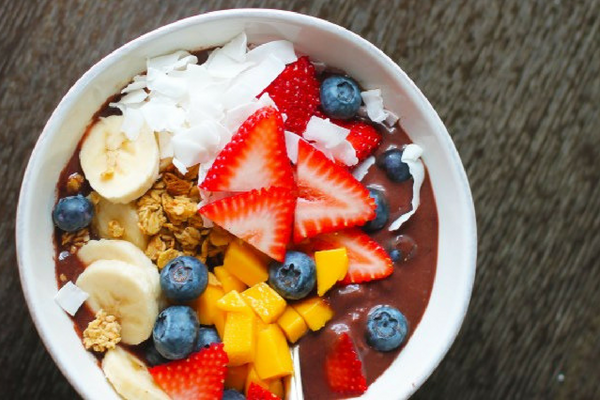We all have them, dirty little secrets, whether it’s hiding from your kids so you can sneak in some alone time or wearing the same shirt two days in a row and not caring.
My dirty little secret included a trash can and a bunch of rotten produce.
I never paid much attention to the refrigerator crisper or how to properly store produce. Usually I would come home with a bunch of produce from the grocery store and just throw them all into the crisper. As the days went on, some seemed to do okay, while others became overly ripe/rotten rather quickly.
When I decided the health benefits of transitioning my family to all organic, non-GMO produce, pasture raised eggs and grass-fed meats, I knew I would need to get creative because our budget would get tighter.
I started to do the research, surprisingly I found out produce like apples, citrus, cantaloupe, honeydew, and apricot give off a ripening gas and need to be refrigerated. You can keep them in the crisper on low-humidity, this allows for the gas to escape. Personally, I store them in individual baskets on a shelf in the refrigerator. Nectarines, peaches, avocados, bananas (unripe), plums and tomatoes are also “gassy,” they do not need refrigeration and prefer a shady cool counter top.
On the other hand, carrots, celery, broccoli, cabbage, berries, cucumbers, watermelon, lettuce, leafy greens and peppers need to be kept away from their gassy friends, in a humid environment. I store these veggies in my crisper on high humidity, separated and wrapped in damp paper towel. I try to limit my use of plastic bags. Here’s a compiled list of fruits and veggies with suggested storage tips.

Here are three tips I implemented in my house to minimize the food waste and save money.

1. The most important change I had to make was changing the way I store my produce. This significantly prolonged the shelf life of a lot of my produce. Every couple days when I notice the damp paper towels in my crisper getting dry, I sprinkle a little water on them to moisten it up.
2. I started to make a conscience effort to use the produce with the shortest shelf life first. Sometimes we have piece of left over produce that is on the verge of being overly ripe. My tip here is to get it into the freezer. The fate of overly ripe bananas doesn’t always have to be banana bread. Frozen bananas can be used in smoothies, baked goods, chocolate covered bananas or even homemade ice cream. Here is a super cute printable that outlines the shelf life of the most popularly used produce.
3. Farmers markets don’t have to break the bank, in fact I have saved money shopping farmers markets. I usually only purchase seasonal local produce at farmers markets. Talk to the farmers because not all are organic or pesticide free. Being a regular at farmers markets can come with perks. This article has the secret to saving money at farmers markets.
Since I have made these three simple changes we have thrown out very little produce. I have also been encouraged to try new recipes and include more veggies in every meal.
How do you store your produce? Or maybe you have a money saving tip? Share it below.




















I love the glass snap wear sets sold at Costco (bought one, then bought second set 6mo later! ) food stays really fresh, they come with a couple inserts to keep air circulating for certain foods.
Comments are closed.